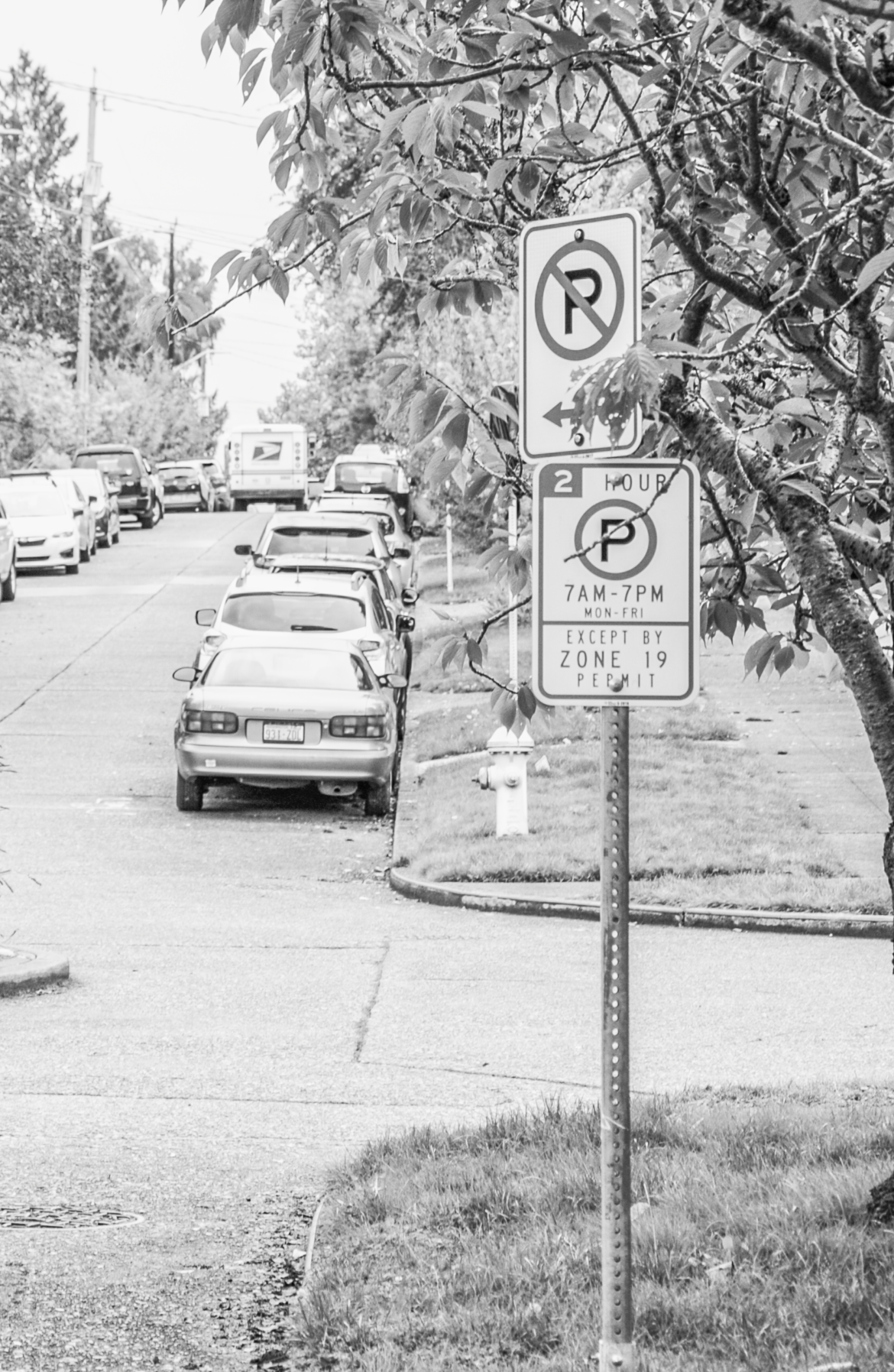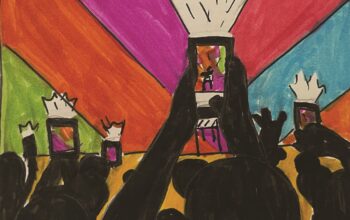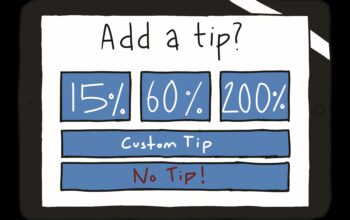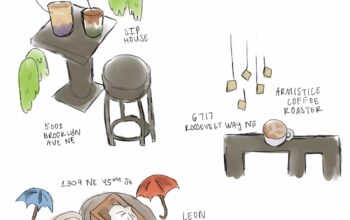With the expansion of Zone 19, one of Seattle’s many Restricted Parking Zones (RPZs), there has been an increase in signs limiting parking around Roosevelt. It would be an understatement to say that students are in a frenzy.
On October 2nd, additional Zone 19 restrictions were enacted to reserve the availability of parking around the school for local residents while limiting non-residents, students included, to a two-hour parking limit. The Roosevelt light rail station opened on the same day, the benefits of which won’t be nearly enough to save our student drivers.
Zone 19 is an initiative with the objective of inconveniencing Roosevelt students, or so it feels. RPZs are generally created around areas of high commuter traffic such as light rail stations, hence why this zone was created. The expansion of Zone 19 would make sense under that logic, aside from the fact that it is very near to a school where students already struggle to find parking.
Local residents are able to bypass the two-hour parking limit with permits created by the Seattle Department of Transportation (SDOT). Unfortunately for students, it is difficult to obtain a permit without living within Zone 19.
The zone has now expanded to streets northwest of Roosevelt and also a few streets southwest of the school. Of these additions, two streets now require paid parking and five loading zones have been added, ranging from 64th to 68th street. When combined with the numerous streets previously within Zone 19, the entire school looks to be circled for blocks by two-hour parking signs.
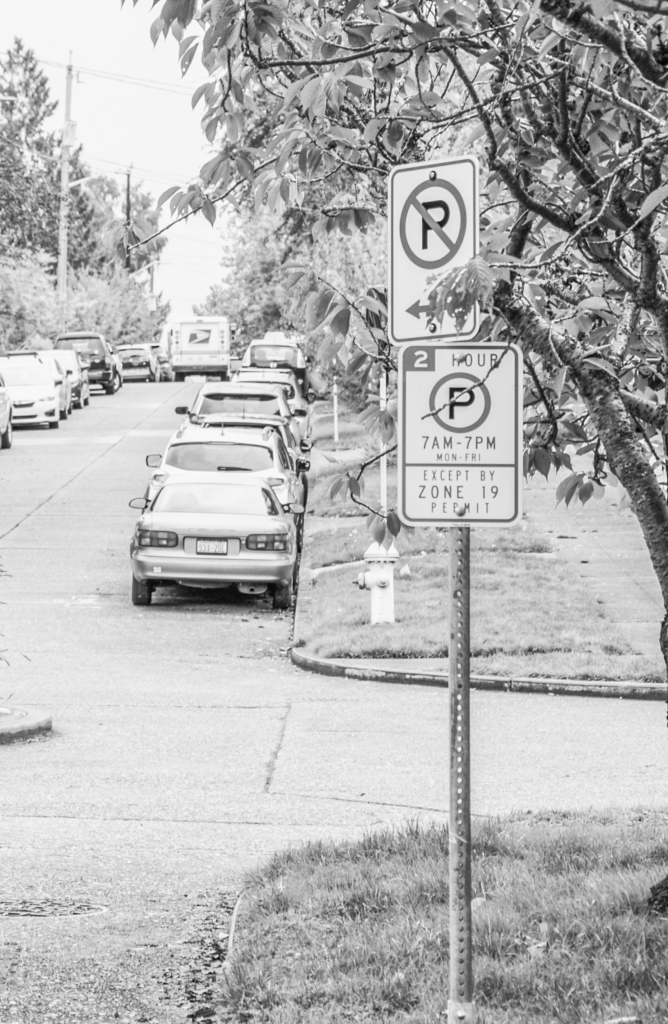
On October 2nd, SDOT expanded Zone 19 restrictions surrounding Roosevelt High School, limiting parking to two hours without a permit.
It seems each year that parking becomes more difficult, and as students, there is little we can do about it. There are few ways to get to school, and driving is one of the most regular forms. Heavily restricting a large area of parking is going to inconvenience many students, along with making it harder to get to class on time.
In a poll on student transportation methods, the majority of students with their license reported a preference to drive to school as opposed to other methods such as busing.
The general location of the school is already inconvenient when it comes to parking: packed residential streets and an abundance of small businesses leaves minimal parking left for students. And yet, the SDOT continues to disregard the needs of students. With the visible onslaught of construction surrounding the school, how hard would it be to throw a student parking lot in the mix? Or at least create and issue six-hour parking passes for Roosevelt drivers. It seems the SDOT hasn’t given it much thought.
Between finding a close parking spot, getting to school on time, and battling other students for the last spot, it doesn’t look great for student drivers. And now the chance of finding an easy and reliable parking spot directly adjacent to the school without a two-hour parking limit is practically impossible.
With that said, it is understandable why residents would not want to deal with cluttered streets and students taking up their spots. Yet, this does not undermine the fact that students need to get to school one way or another, and for many the easiest or sole option is driving.
Getting to school can be an issue for students who live in areas inaccessible to direct bus routes or the light rail, so parking around the school is their only option unless they can find some alternate way. Other students who live on the East or West sides of the school don’t benefit whatsoever from the new light rail implementation at Roosevelt, as it only runs North to South.
On top of that, the safety of the light rail has significantly decreased since COVID-19, and similarly, the safety of buses. According to the SDOT, the new light rail connecting to Northgate will transport over 40,000 riders daily and all passenger limits have been lifted. These numbers make it unlikely for successful social distancing practices.
Driving to school gives students the safe option of being contained in a car without risk of contracting COVID-19, so logically it is much safer to drive to school rather than use the light rail or bus.
The light rail will surely help most students in some way or another, so it’s not completely useless; however, the effects that it has created on parking are likely to overshadow this bonus. Students complain about parking daily and unless they get some closer options, the negative impacts and complaints will continue.
